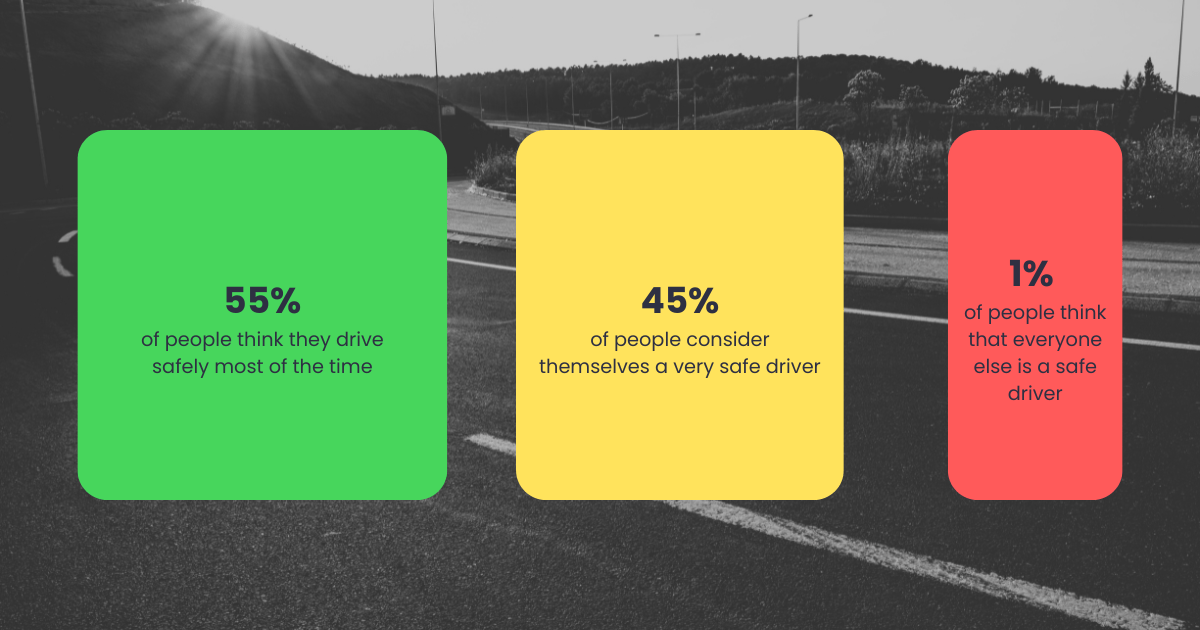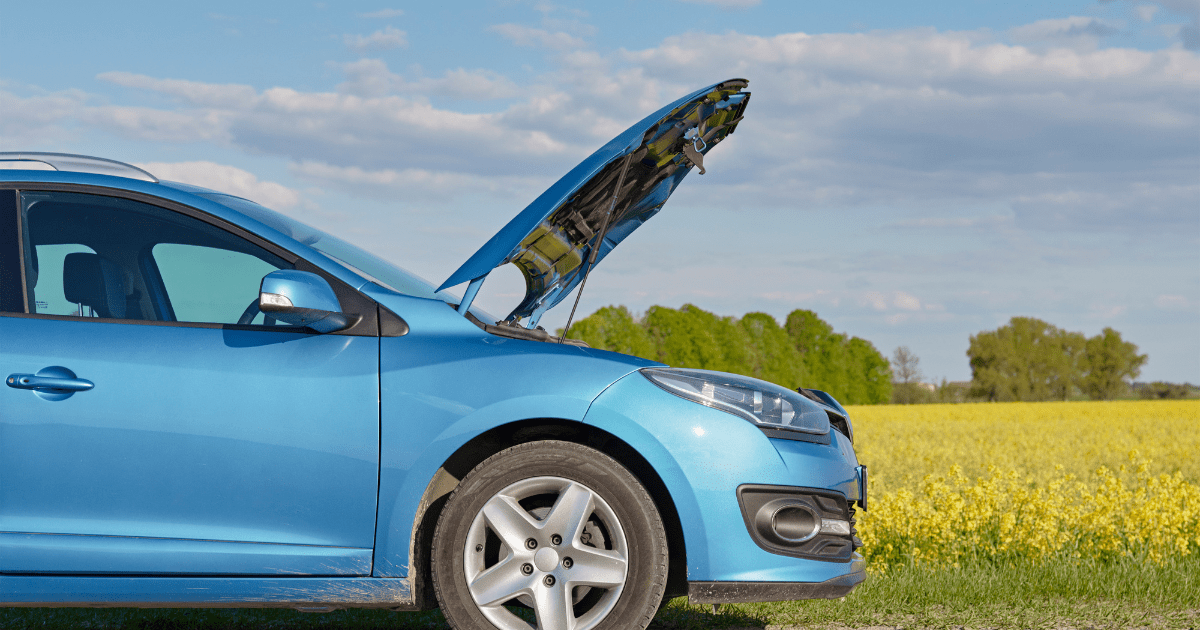
Driving Test Booking Changes For 2025 and 2026
Your guide to the latest driving test booking changes, new DVSA rules and measures aimed at cutting waiting times for learner drivers across the UK.
Driving is an exciting milestone for many, but it also comes with great responsibility for drivers of all abilities. Mastering the fundamental aspects of driving is essential, but an equally important skill that often gets overlooked is defensive driving. Defensive driving isn’t just about following the rules of the road – it’s about anticipating risks, staying alert, and being prepared for any situation.
For new and inexperienced drivers, understanding defensive driving principles is crucial. Not only can it reduce the likelihood of accidents, but it also helps in developing confidence on the road. This guide will delve into what defensive driving is, why it’s important for learners, and explore some common defensive driving techniques that every new driver should know.
At its core, defensive driving refers to a set of driving strategies designed to help motorists handle hazards and minimise risk. It’s about more than just obeying traffic laws – it’s about staying vigilant and prepared for any unexpected events.
Defensive driving principles include maintaining situational awareness, anticipating the actions of other drivers, and keeping adequate space between vehicles. The goal is to reduce the risk of accidents, regardless of whether other drivers are following the rules. This proactive approach can significantly enhance road safety.
In essence, defensive driving empowers drivers to take control of their safety by adopting a mindset that’s focused on prevention rather than reaction. Whether you’re driving through busy city streets or on a quiet country road, these principles ensure you’re always in a position to avoid potential dangers.
Defensive driving is especially important for those who are new to driving. Learners and inexperienced drivers are often still honing their road awareness and decision-making skills, and as a result, they may be more vulnerable to errors or risky behaviour from others.
Additionally, new drivers have the potential to underestimate hazards or react slowly to dangerous situations due to inexperience. By practising methis method of cautious driving, you can better anticipate problems, stay calm under pressure, and significantly reduce the chances of being involved in an accident.
Another key reason why defensive driving is critical for new drivers is that it helps to build confidence. By understanding how to manage risks and stay safe on the road, drivers can gradually develop a sense of control behind the wheel, leading to more relaxed and responsible driving habits over time.

Source: The AA Passenger Seat Survey with 984 respondents conducted in November 2020 & AA Populus Survey with 16,260 respondents conducted in August 2020 https://www.theaa.com/breakdown-cover/safe-driving-great-britain
Here are 10 effective defensive driving techniques that every learner and new driver should master:
Keeping a safe following distance from the vehicle in front is one of the core principles of defensive driving. Known as the “two second rule,” this practice ensures you have ample time to react if the car ahead brakes suddenly. In adverse conditions like rain or fog, it’s advisable to increase this to a four-second gap. Maintaining this distance reduces the likelihood of rear-end collisions, especially in stop-start traffic. According to National Highways, tailgating (driving too close to the car in front) is a factor in 1 in 8 collisions on the road.
One of the most effective defensive driving habits is to constantly scan the road ahead and around your vehicle. This means keeping your eyes moving and checking mirrors frequently. By doing so, you can anticipate hazards like, cars stalling, sudden lane changes, pedestrians stepping into the road, or debris ahead. Being aware of your surroundings will enable you to react early and avoid potential dangers.
Mirrors are your best tool for maintaining situational awareness in driving. Check your rear-view and side mirrors regularly to stay aware of what’s happening behind and beside your vehicle. Make mirror checks a habit, especially before changing lanes, merging, or braking. This practice helps prevent accidents caused by blind spots or sudden movements from other drivers.
Distracted driving is one of the leading causes of accidents, especially for new and young drivers. Defensive driving requires full attention to the road, so avoiding distractions such as mobile phones, loud music, or eating while driving is critical. Staying focused means, you can spot potential dangers and react appropriately without delay.
Assuming other drivers may make mistakes is a key defensive driving technique. Don’t expect every driver to indicate before turning or change lanes safely. Instead, anticipate unexpected moves – for example, a car cutting in front of you without warning or someone running a red light. By expecting the unexpected, you can react quicker and avoid potential accidents.
It’s important to adjust your speed according to the road and weather conditions. Defensive drivers understand that driving at the speed limit is not always safe, especially in adverse weather like rain, fog, or snow. Reducing your speed ensures you have better control of your vehicle and more time to react to sudden changes on the road, such as a vehicle stopping abruptly or reduced visibility.
In addition to maintaining a safe following distance, keeping a buffer zone around your vehicle on all sides is essential. This allows room for evasive action if necessary. For example, avoid driving in other drivers’ blind spots and ensure you always have an “escape route” if the traffic ahead suddenly stops or swerves.
Effective communication is essential for defensive driving. Using your signals early and clearly when turning, changing lanes, or merging gives other drivers ample notice of your intentions. This helps to avoid confusion and reduces the risk of accidents caused by sudden movements. Defensive driving is about ensuring that your actions are predictable to other road users.
Aggressive driving behaviours, such as tailgating, speeding, or weaving through traffic, increase the risk of accidents. Defensive drivers avoid these behaviours and stay calm even when confronted with frustrating situations, like slower drivers or traffic jams. Patience and courtesy on the road are vital – remember that safety is always more important than rushing.
Even with the best defensive driving habits, emergencies can happen. Knowing how to handle sudden breakdowns, tyre blowouts, or skidding on ice is crucial. Defensive drivers stay calm, pull over safely when necessary, and know how to manage emergency situations. Keeping a basic emergency kit in your car is also a good practice, providing essential items such as a first aid kit, torch, and reflective triangle.

Defensive driving is an essential skill for learner drivers and new drivers alike. By adopting these techniques, you can enhance your driving confidence, stay safer on the roads, and be better prepared for the unexpected. Defensive driving isn’t just about protecting yourself – it’s about safeguarding your passengers, pedestrians, and other road users. As you continue to develop your driving skills, make defensive driving habits a core part of your routine.
Frequently asked questions about defensive driving
The two-second rule refers to maintaining a safe following distance between your vehicle and the one ahead of you. It ensures that you have enough time to react if the car in front suddenly brakes or swerves.
To improve situational awareness, regularly check your mirrors, scan the road ahead, and be mindful of the behaviour of other road users. Staying alert and reducing distractions are key.
No, defensive driving is beneficial for all drivers, regardless of experience. It helps reduce risks and improves safety for everyone on the road.
If you encounter an aggressive driver, it’s best to remain calm and give them plenty of space. Don’t respond to aggression with aggression -safety should always be your priority.
Absolutely. By practising defensive driving, you can develop better road awareness, improve decision-making, and become more confident in handling unexpected situations, leading to safer and smoother driving experiences.
You will be logged out in seconds. Do you want to stay signed in?